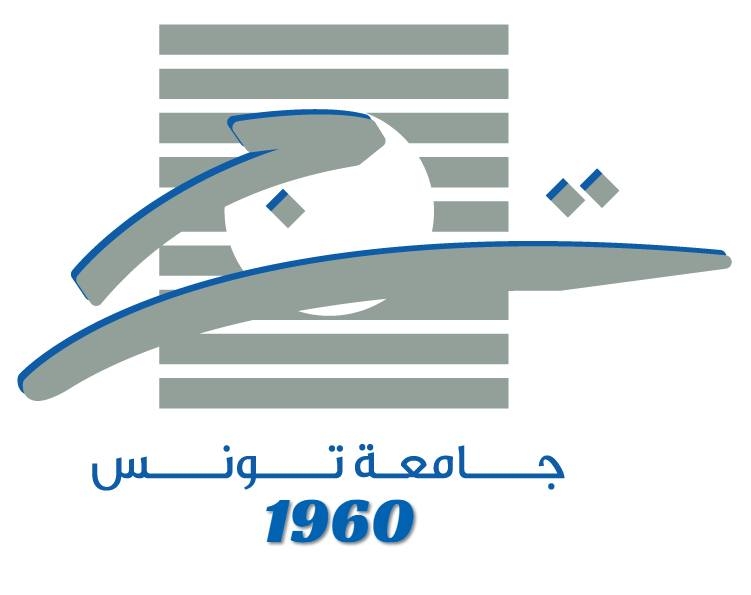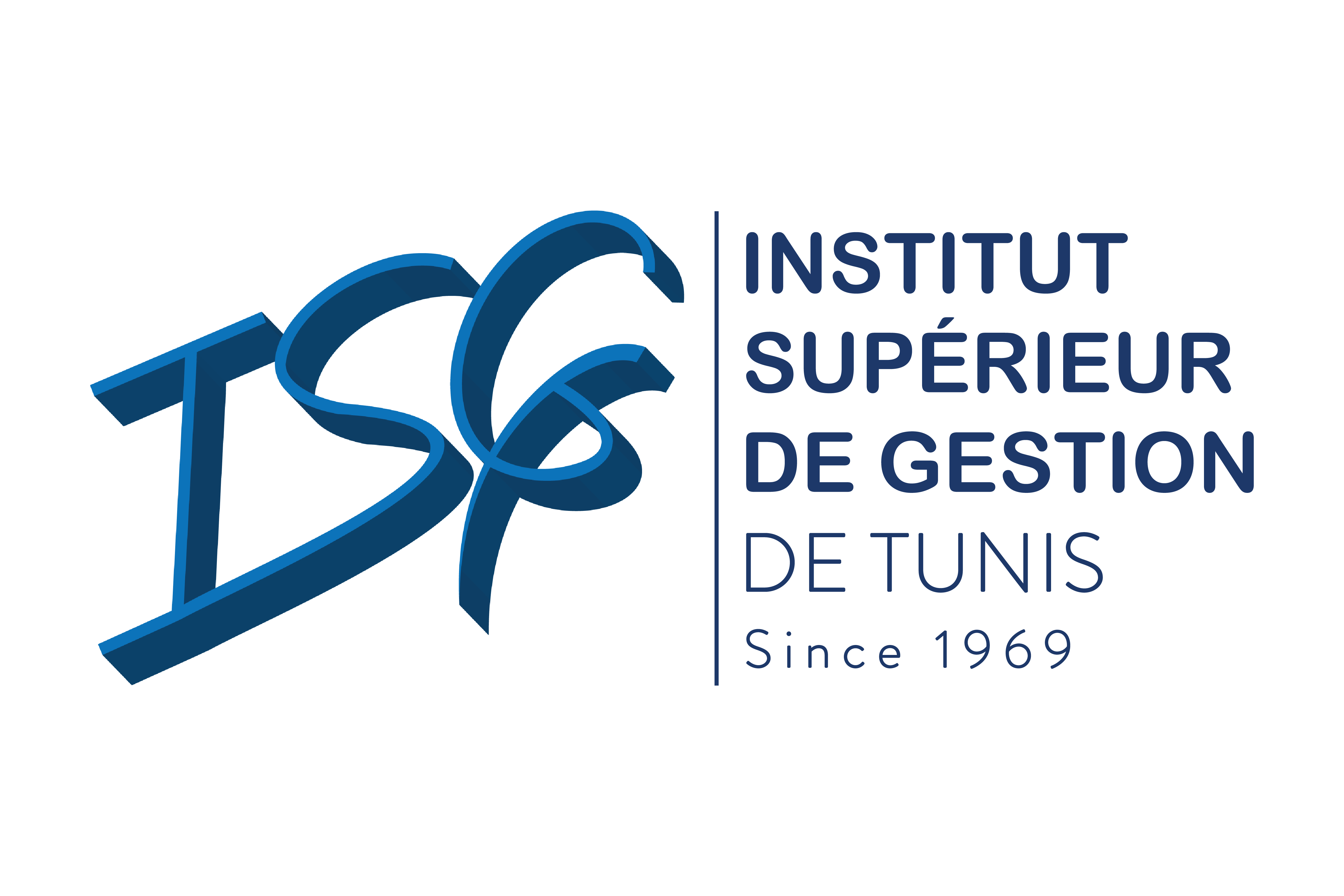Aucune description disponible pour cet axe de recherche.
Description
Membres SMARTLab
Publications
-
Unknown Year
Evolutionary optimization of the area under precision-recall curve for classifying imbalanced multi-class data.
Heuristics 31(1): 9, Unknown Year
Abstract
Classification of imbalanced multi-class data is still so far one of the most challenging issues in machine learning and data mining. This task becomes more serious when classes containing fewer instances are located in overlapping regions. Several approaches have been proposed through the literature to deal with these two issues such as the use of decomposition, the design of ensembles, the employment of misclassification costs, and the development of ad-hoc strategies. Despite these efforts, the number of existing works dealing with the imbalance in multi-class data is much reduced compared to the case of binary classification. Moreover, existing approaches still suffer from many limits. These limitations include difficulties in handling imbalances across multiple classes, challenges in adapting sampling techniques, limitations of certain classifiers, the need for specialized evaluation metrics, the complexity of data representation, and increased computational costs. Motivated by these observations, we propose a multi-objective evolutionary induction approach that evolves a population of NLM-DTs (Non-Linear Multivariate Decision Trees) using the θ-NSGA-III (θ-Non-dominated Sorting Genetic Algorithm-III) as a search engine. The resulting algorithm is termed EMO-NLM-DT (Evolutionary Multi-objective Optimization of NLM-DTs) and is designed to optimize the construction of NLM-DTs for imbalanced multi-class data classification by simultaneously maximizing both the Macro-Average-Precision and the Macro-Average-Recall as two possibly conflicting objectives. The choice of these two measures as objective functions is motivated by a recent study on the appropriateness of performance metrics for imbalanced data classification, which suggests that the mAURPC (mean Area Under Recall Precision Curve) satisfies all necessary conditions for imbalanced multi-class classification. Moreover, the NLM-DT adoption as a baseline classifier to be optimized allows the generation non-linear hyperplanes that are well-adapted to the classes ‘boundaries’ geometrical shapes. The statistical analysis of the comparative experimental results on more than twenty imbalanced multi-class data sets reveals the outperformance of EMO-NLM-DT in building NLM-DTs that are highly effective in classifying imbalanced multi-class data compared to seven relevant and recent state-of-the-art methods.



 Lilia Rejeb
Lilia Rejeb